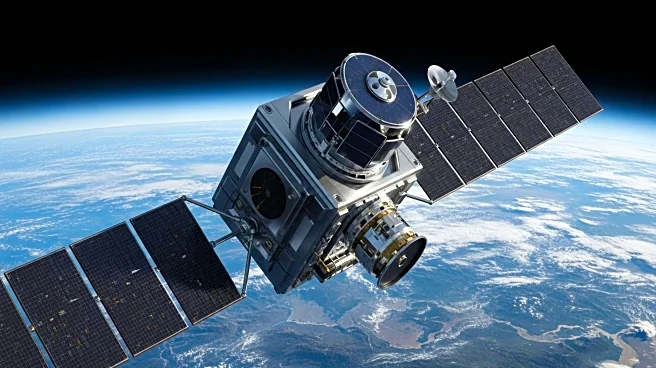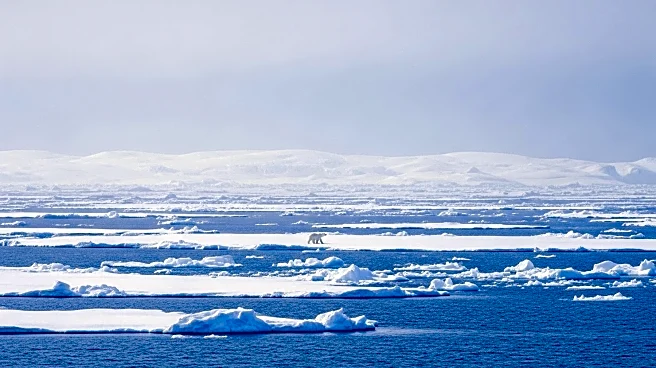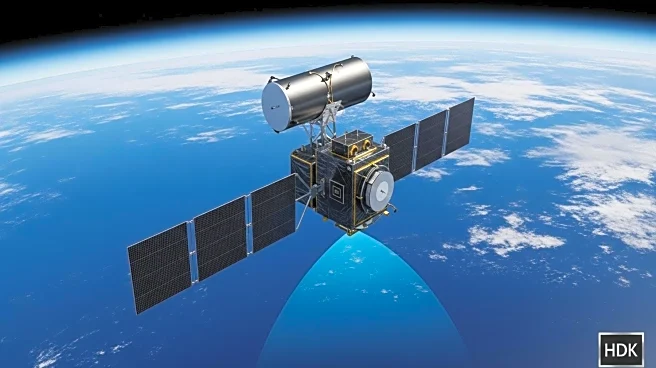What's Happening?
NASA has been at the forefront of measuring sea levels globally for over 30 years, utilizing satellite technology to track changes in ocean height. The agency employs instruments like altimeters on satellites such as Jason-3 and Sentinel-6 Michael Freilich to measure the height of the ocean's surface. These satellites send microwaves to the ocean surface, which bounce back to the satellite, allowing scientists to calculate the distance and thus the sea level. This data is combined with information from tide gauges, which measure sea level changes at specific locations relative to land. The global sea level is influenced by factors such as the melting of glaciers and ice sheets, which add water to the oceans, and the thermal expansion of water as it warms. Since 1900, these factors have contributed to a rise in sea level by approximately 7 to 8 inches.
Why It's Important?
Understanding sea level changes is crucial for assessing the impacts of climate change. Rising sea levels can lead to increased flooding, erosion, and habitat loss in coastal areas, affecting millions of people worldwide. Accurate measurements help scientists predict future changes and inform policy decisions to mitigate these impacts. The data collected by NASA's satellites and tide gauges provide essential insights into how different regions are affected by sea level rise, which can vary due to local factors such as land movement and ocean currents. This information is vital for planning and implementing strategies to protect vulnerable communities and ecosystems.
What's Next?
NASA will continue to monitor sea levels using its advanced satellite technology, providing ongoing data to improve climate models and forecasts. This continuous monitoring is essential for understanding long-term trends and for governments and organizations to develop adaptive strategies to cope with the consequences of rising sea levels. As climate change progresses, the need for accurate and comprehensive data will become increasingly important to address the challenges posed by global sea level rise.
Beyond the Headlines
The measurement of sea levels not only aids in understanding climate change but also highlights the interconnectedness of global systems. The melting of glaciers in one part of the world can have far-reaching effects on sea levels elsewhere, demonstrating the global nature of environmental challenges. Additionally, the technology and methods developed for sea level measurement can be applied to other areas of Earth science, enhancing our overall understanding of the planet's dynamics.










